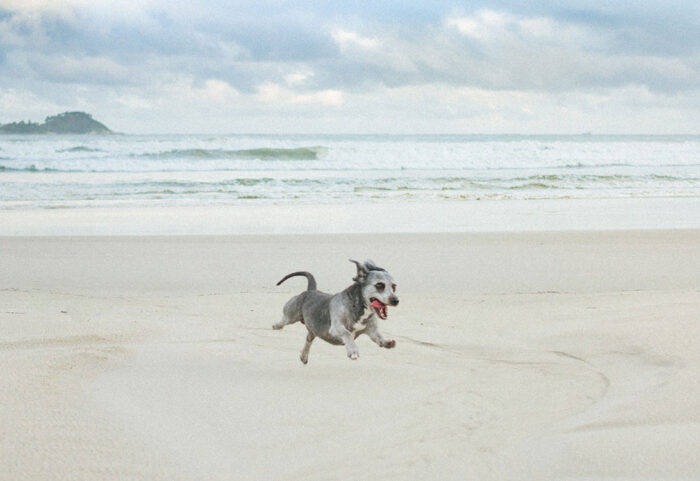Signs Your Dog is Nearing End-of-Life
For most people, losing a dog is no different than losing a family member. In many cases, understanding what’s coming can help soften the blow and give pet parents the time they need to say goodbye on their own terms. Vets treat a lot of senior dogs. Many actually help their clients through the emotional process of in-home euthanasia if and when that decision needs to be made. In most cases, dogs whose time is near show subtle signs that they’re at the end of their lives. Here are a few of the most common.
Decreased Appetite & Weight Loss
As your dog’s body starts to fail, she’ll likely have less and less of an appetite. She won’t be expending the same physical energy she once was and her caloric needs will drastically decline. Her body will start prioritizing keeping itself functional over processing food, and she’ll probably lose weight as a result. This process can be gradual, happening over the course of weeks or months, or come all at once as your dog’s health shifts.
Extreme Lethargy
If your dog is a senior, she probably already sleeps a lot more than she used to. But if your dog becomes truly lethargic – barely moving, apathy towards play, poor hygiene – the end may be near. A lethargic dog will sleep almost constantly as her body tries to conserve resources, and you might find your dog preferring isolation to avoid any external stimulation.
Social Disengagement
When a normally social dog becomes withdrawn, something is usually wrong. If your dog is older or doesn’t have any health problems you’re aware of, this is definitely a behavior that warrants a call to your vet. Dogs who are terminally ill often start to “detach” from their pack as their health declines. Understand your dog’s need for space and be cautious when
Dental Issues
Most dogs have some degree of dental disease but in dying dogs, the issues become more pronounced. Your dog’s mouth may begin to smell particularly foul, especially if she is dehydrated. You might also notice her gums getting lighter and lighter in color as her circulation begins to wane. It’s likely that your dog’s dental problems will also affect her desire to eat.
Poor Skin
When a dog’s eating and drinking habits change, so too will her skin. As she becomes perpetually dehydrated her skin will become drier and flakier. Her fur might feel rough to the touch and you might notice her spending less (or more) time licking at her extremities than usual.
Balancing Problems
It’s always cause for concern when your dog’s range of motion changes. Gradual-onset diseases like arthritis can have a lot to do with this, of course, but it can also indicate your dog is moving into the final phase of life. Watch for your dog becoming less sure on her feet than usual, or lacking in depth perception. You also might see her avoiding any unnecessary physical activity such as climbing the front porch steps or even walking all the way to her water bowl.
Unexplained Vomiting
Most dogs vomit occasionally. While vomiting itself isn’t cause for concern, frequent unexplained vomiting or vomiting accompanied by other symptoms might mean your dog’s digestive system isn’t functioning properly. The digestive and urinary systems are two of the first to decline as your dog ages, so keep track of your dog’s vomiting and call the vet if you notice an uptick.


